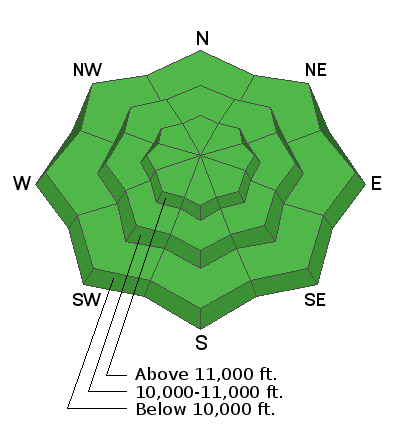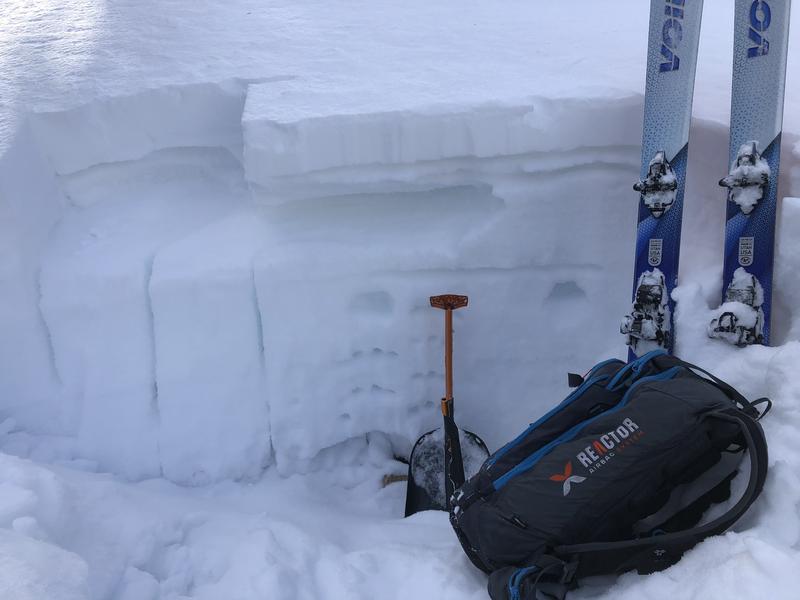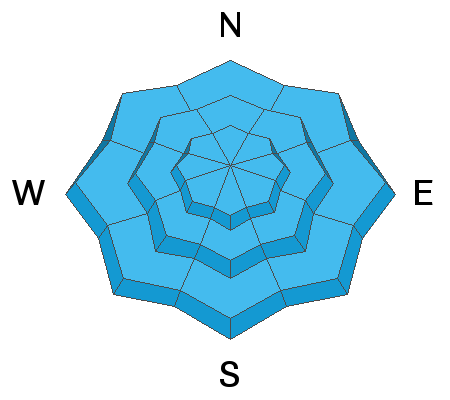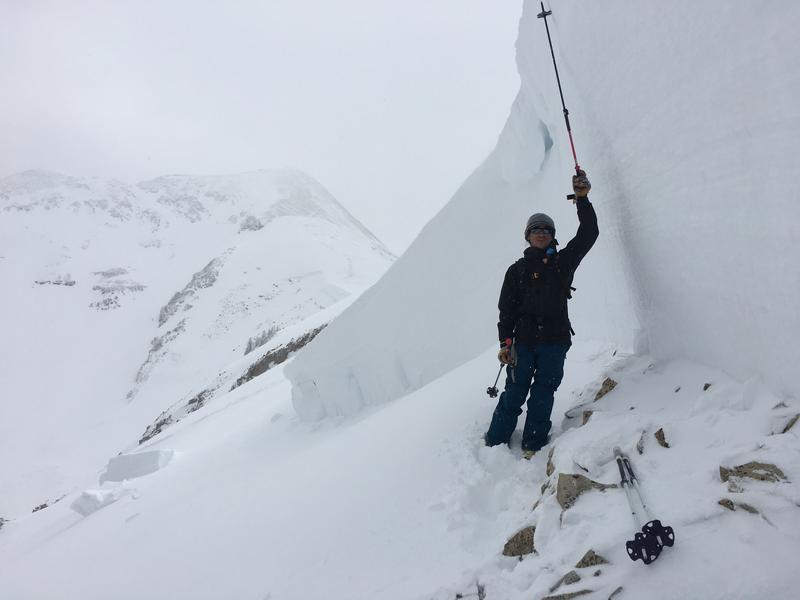Forecast for the Moab Area Mountains

Issued by Eric Trenbeath on
Tuesday morning, March 10, 2020
Tuesday morning, March 10, 2020
Most terrain has generally LOW danger. That said there are still areas where one could trigger an avalanche. Steep, northerly facing terrain right around treeline and below, where the snowpack is thin and weak, is the most suspect. As the day heats up be aware of the potential for loose, wet activity. Stay off of steep slopes that become wet or punchy. Practice safe travel techniques with an eye toward subtle terrain features that may harbor lingering instabilities.

Low
Moderate
Considerable
High
Extreme
Learn how to read the forecast here









